Aworth News

History of maps
June 04, 2020
While many of us have got out of the habit of reading maps, relying instead on our sat nav to help us reach our destination, maps still have an important role to play.
Maps@Aworth, a division of Aworth Survey Consultants, is an Ordnance Survey Mapping and Data Centre and it supplies up-to-date Ordnance Survey mapping data, planning application maps and historical OS mapping, together with a large range of other professional map products. These are key for everything from creating planning applications to producing environmental reports.
Maps have been around for thousands of years, with the oldest ones on Babylonian clay tablets from about 2300 BC. The Imago Mundi is considered the oldest surviving world map and it is currently on display at the British Museum. It dates back to between 700 and 500 BC and was found in Iraq.
The first world maps began to appear in the 16th century, led by Gerardus Mercator from Belgium who developed a mapping projection based on mathematics, with the first modern atlas produced in 1570 by Antwerp-based cartographer Abraham Ortelius.
Interestingly, the first maps were made in almost the same way as they are created now, by using the method of surveying or of triangulation; today satellites still use the same basic principles of triangulation to produce maps. Click here to find out more about the services offered by Maps@Aworth: [url=https://www.aworth.co.uk/os_mapping]https://www.aworth.co.uk/os_mapping[/url]
Photo Credit: Dominic Alves (Some rights reserved)








